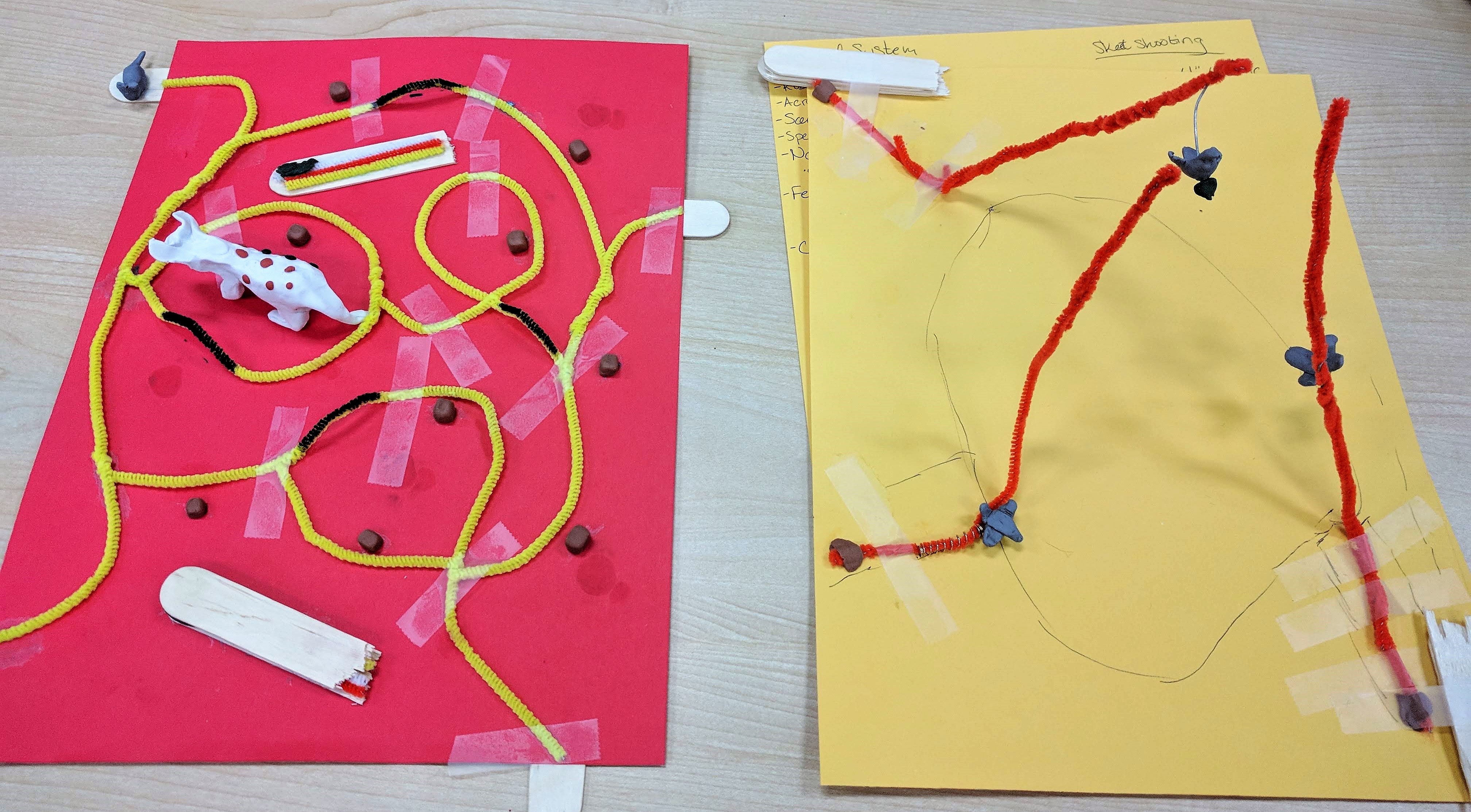SERVALS
Brief provided by Valerie Hare, Shape of Enrichment.
BACKGROUND
Servals are small spotted cats that live in savanna-like areas of sub-Saharan Africa. Their diet is varied but rodents are their most common food item. Once a serval finds a rodent, it waits for an opportunity to pounce. Servals excel at both jumping in the air (for birds) and probing underbrush or tunnels (for rodents).
Servals are well known for their use of sound to find and capture rodents. Using their ultrasonic hearing they can detect rodent vocalizations and movement underground. Their tall legs and large ears are adaptations to increase their success using this method.
GOAL
Encourage the expression of natural rodent-hunting behavior, increasing both the time spent and distance traveled, to find and obtain food in captivity.
TASK
Using audio cues that approximate the rustle of prey moving across the enclosure, devise a method to encourage the serval to adopt natural hunting postures to track “prey”. Ideally, the cat will be required to travel some distance and spend some time before succeeding.
BEHAVIOR EXAMPLES
Everyone worked on ideas for servals. After hearing about servals from Valerie and reading the brief, teams had 25 minutes to brainstorm (we set a pomodoro).
Kayla and Jacob present some of the work on servals, demonstrating the prototype concept they have developed.

Serval enclosure with hidden mouse tunnels; wires for flying bird-meat start outside and end up within jump reach.